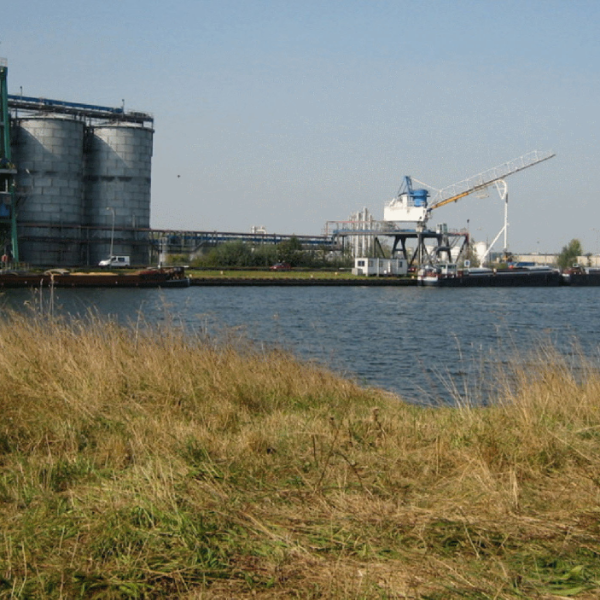Government tightens nitrogen deposition standards in Flanders

Government tightens nitrogen deposition standards in Flanders
New temporary guidelines on nitrogen emissions following nitrogen judgment
The aim of the ‘Programmatic Approach to Nitrogen’ (PAN) is to systematically reduce nitrogen deposition via the air, in turn reducing the negative effects it has on Special Protection Areas (SPAs). Following a recent ruling by the Council for Permit Disputes (CPD), known as the ‘nitrogen judgment’, the provisional guidelines on nitrogen deposition that had previously been in place no longer apply.
Impact of cumulative effect requires appropriate assessment for permit requests
To provide insight into the extent to which companies are polluting the environment, permit requests must be accompanied by an appropriate assessment. Under the interim PAS, however, this was waived as soon as the relevant amount of nitrogen deposition – of both ammonia (NH3) and NOx – was less than 5 % of the lowest critical deposition value (CDV). When this was the case, the additional burden on the environment was considered to be insignificant.
In the nitrogen judgment, however, the ‘5 % rule’ is disputed by the CPD. This is in line with the general consensus that the rule has insufficient scientific basis. The CPD also states that an increase of less than 5 % is indeed significant when an SPA is already characterised by overloading. The council’s reasoning goes that many small deposits also lead to an ultimate increase in environmental pollution. This leads, in turn, to ‘significant impairment’. For this reason, the council believes that the cumulative effect of nitrogen deposition needs to be taken into account.
Stricter standards for nitrogen emissions
Ahead of the definitive PAN, the Flemish government issued a series of new temporary guidelines on 2 May 2021, including an adjustment of the 5 % rule. These amended guidelines state that an appropriate assessment is not necessary for industrial or agricultural projects when the nitrogen deposition is below 1 % and 0 % of the lowest CDV, respectively.
The difference between these two figures is partly due to the different ‘types’ of reactive nitrogen emitted. Industry mainly emits NOx, whereas agriculture is primarily responsible for NH3 emissions. NOx is transported over a relatively larger distance, which is why it is so significant in determining background value in Flanders. The effect of NH3, on the other hand, is more localised. Another reason for the stricter guideline on NH3 is that NOx deposition shows a declining trend thanks to the 5 % rule, whereas this was not the case (or less so) for NH3.
Would you like to submit a permit request? Witteveen+Bos supports owners in mapping relevant sources and their emissions, modelling dispersion and nitrogen deposition using a pre-test, and conducting a comprehensive appropriate assessment if required.
More information?
